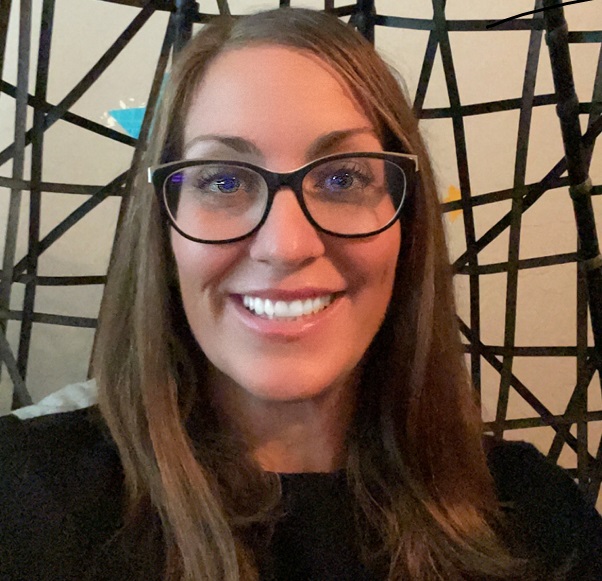By Michelle Ross
To provide meaningful learning experiences for students. That motto is central to our role as instructional designers.
There are several steps to ensuring the motto becomes a reality in course development. First and foremost, I feel that it is important to establish a positive relationship with the subject matter experts (SMEs) and to keep all lines of communication open throughout the development of a course.
The Kickoff
In our initial kickoff meeting, I like to get to know the SMEs on a more personal level with an icebreaker question or activity.
Some examples may include:
• Icebreaker Questions (e.g. If you had a time machine, what time period would you travel to? What song best describes you?)
• Show and Tell (e.g. grab a unique item to share with group)
• Share Photo (e.g. share an embarrassing/awkward/proud/awesome/proud photo and post it in the group chat)
• Two Truths and One Lie (e.g. start by asking each person to come up with two facts about themselves and one believable lie and then share with the group and group votes their guess for the lie in the chat)
After we’ve gotten to know each other better, it’s important to use the initial kickoff meeting to establish guidelines for the course development process. That will include the development of a timeline for identifying when deliverables are due and the provision of all necessary documentation to get started on the development of the course. It is also helpful to schedule all future meetings in advance, which will include opportunities to touch base each week, to make sure deadlines are being met and that all questions are being answered.
On-going Availability
I like to lend an ear and make myself available for brainstorming sessions with the SMEs. This helps all of us to bounce ideas around and ensure the course is following the alignment of objectives, activities, and assessments but it also provides an opportunity for me to share expert advice on pedagogy and instructional strategies. Keeping the lines of communication open with everyone who is involved in the course development process leads to a more successful development experience.
Staying Humble
While I feel that I am an expert in my field, I don’t like to come across as a know-it-all. Honestly, I don’t know it all and, quite frankly, I don’t know that I ever will! I try to learn as much as I can from those whom I have the pleasure of working with. It is more rewarding to approach each situation with an open mind and the desire to learn, than it is to already have your mind set on the best expectations and approaches. Every situation is different and, when it comes to course design, it is not a one size fits all approach. As instructional designers, we should go into each situation with flexibility and the mindset that we are there to provide as much support as possible throughout the course development process.
I often have this quote in mind as I begin each new relationship with a group of SMEs:
“Aim for success, not perfection. Never give up your right to be wrong, because then you will lose the ability to learn new things and move forward with your life. Remember that fear always lurks behind perfectionism.”
— David M. Burns
Michelle Ross is an instructional designer with The Babb Group. Click here to read her full bio.
How I Design is a new feature about the methods and perspectives individual instructional designers bring to their practices. The feature is meant to encourage discussion and promote advancement of the art and science of instructional design in online courses.
TBG Staff
Latest posts by TBG Staff (see all)
- VLOG: Chloe 10 and the Demand for Online Programs - September 10, 2025
- VLOG: Spotting AI Generated Student Work—Without a Detector - July 8, 2025
- VLOG: Inclusivity and Accessibility - June 9, 2025
